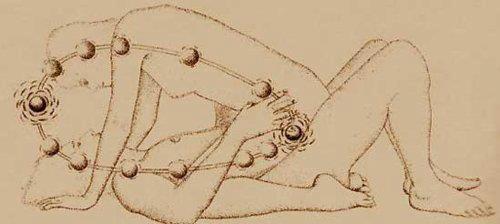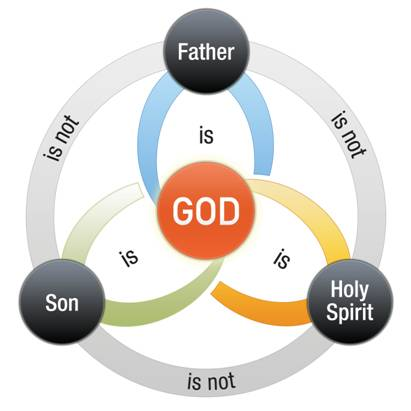Therefore the peculiar character of all the aforesaid manifestations is the visio in distante et actio in distante (vision and action at a distance) in its relation to time as well as in its relation to space. Such an action at a distance is just what constitutes the fundamental character of what is called magical; for such is the immediate action of our will, an action liberated from the causal conditions of physical action, viz., contact.”
“Besides that,” continues Schopenhauer, “these manifestations present to us a substantial and perfectly logical contradiction to materialism, and even to naturalism, because in the light of such manifestations ,
Page 60
that order of things in nature which both these philosophies seek to present as absolute and the only genuine, appears before us on the contrary purely phenomenal and superficial, and containing at the bottom of it a substance of things a parte and perfectly independent of its own laws.
That is why these manifestations — at least from a purely philosophical point of view — among all the facts which are presented to us in the domain of experiment, are beyond any comparison the most important. Therefore, it is the duty of every scientist to acquaint himself with them.”
To pass from the philosophical speculations of a man like Schopenhauer to the superficial generalizations of some of the French Academicians, would be profitless but for the fact that it enables us to estimate the intellectual grasp of the two schools of learning. What the German makes of profound psychological questions, we have seen. Compare with it the best that the astronomer Babinet and the chemist Boussingault can offer by way of explaining an important spiritualistic phenomenon.
In 1854-5 these distinguished specialists presented to the Academy a memoire, or monograph, whose evident object was to corroborate and at the same time make clearer Dr. Chevreuil’s too complicated theory in explanation of the turning-tables, of the commission for the investigation of which he was a member.
Here it is verbatim: “As to the movements and oscillations alleged to happen with certain tables, they can have no cause other than the invisible and involuntary vibrations of the experimenter’s muscular system; the extended contraction of the muscles manifesting itself at such time by a series of vibrations, and becoming thus a visible tremor which communicates to the object a circumrotary motion. This rotation is thus enabled to manifest itself with a considerable energy, by a gradually quickening motion, or by a strong resistance, whenever it is required to stop. Hence the physical explanation of the phenomenon becomes clear and does not offer the slightest difficulty.
” None whatever. This scientific hypothesis — or demonstration shall we say? — is as clear as one of M. Babinet’s nebulae examined on a foggy night.
And still, clear as it may be, it lacks an important feature, i.e., common sense. We are at a loss to decide whether or not Babinet accepts en desespoir de cause Hartmann’s proposition that “the visible effects of matter are nothing but the effects of a force,” and, that in order to form a clear conception of matter, one must first form one of force. The philosophy to the school of which belongs Hartmann, and which is
Page 61
partly accepted by several of the greatest German scientists, teaches that the problem of matter can only be solved by that invisible Force, acquaintance with which Schopenhauer terms the “magical
knowledge,” and “magical effect or action of Will.” Thus, we must first ascertain whether the “involuntary vibrations of the experimenter’s muscular system,” which are but “actions of matter,” are influenced by a will within the experimenter or without. In the former case Babinet makes of him an unconscious epileptic; the latter, as we will further see, he rejects altogether, and attributes all intelligent answers of the tipping or rapping tables to “unconscious ventriloquism.
” We know that every exertion of will results in force, and that, according to the above-named German school, the manifestations of atomic forces are individual actions of will, resulting in the unconscious rushing of atoms into the concrete image already subjectively created by the will.
Democritus taught, after his instructor Leucippus, that the first principles of all things contained in the universe were atoms and a vacuum. In its kabalistic sense, the vacuum means in this instance the latent Deity, or latent force, which at its first manifestation became WILL, and thus communicated the first impulse to these atoms — whose agglomeration, is matter. This vacuum was but another name for chaos, and an unsatisfactory one, for, according to the Peripatetics “nature abhors a vacuum.”

Moe is the founder of GnosticWarrior.com. He is a father, husband, author, martial arts black belt, and an expert in Gnosticism, the occult, and esotericism.






